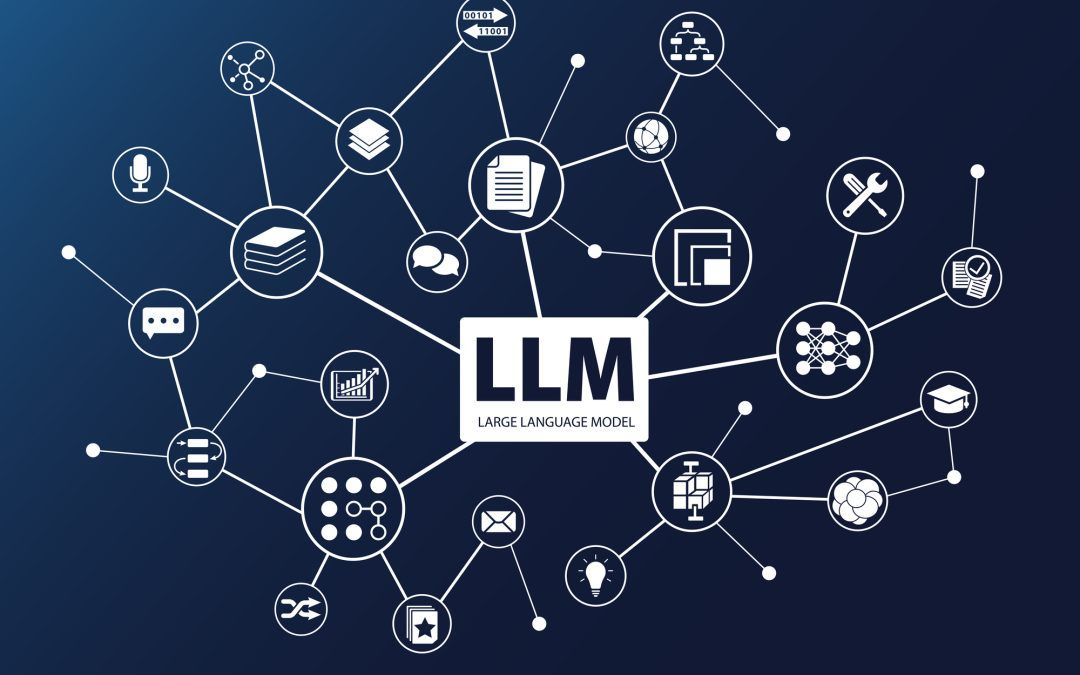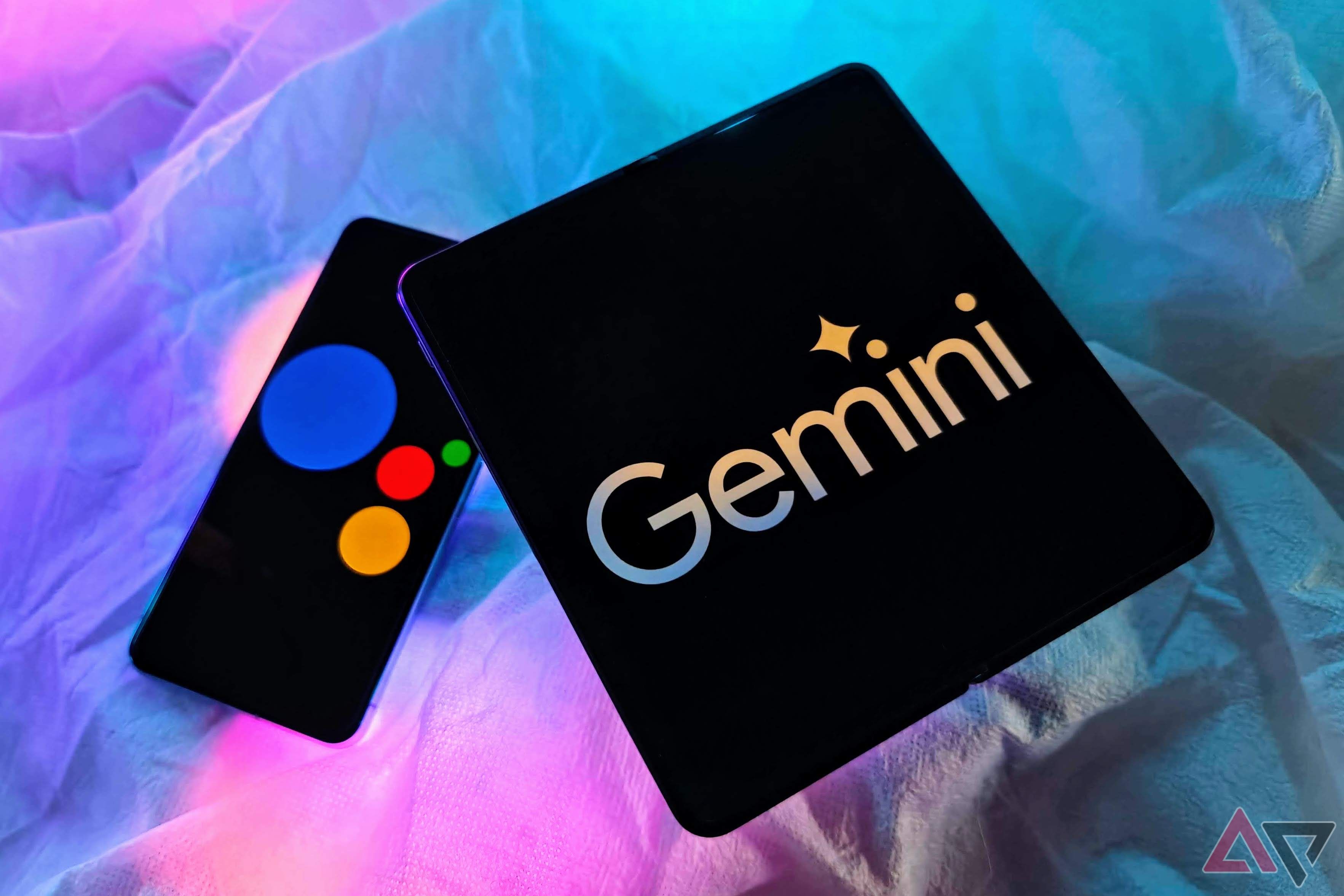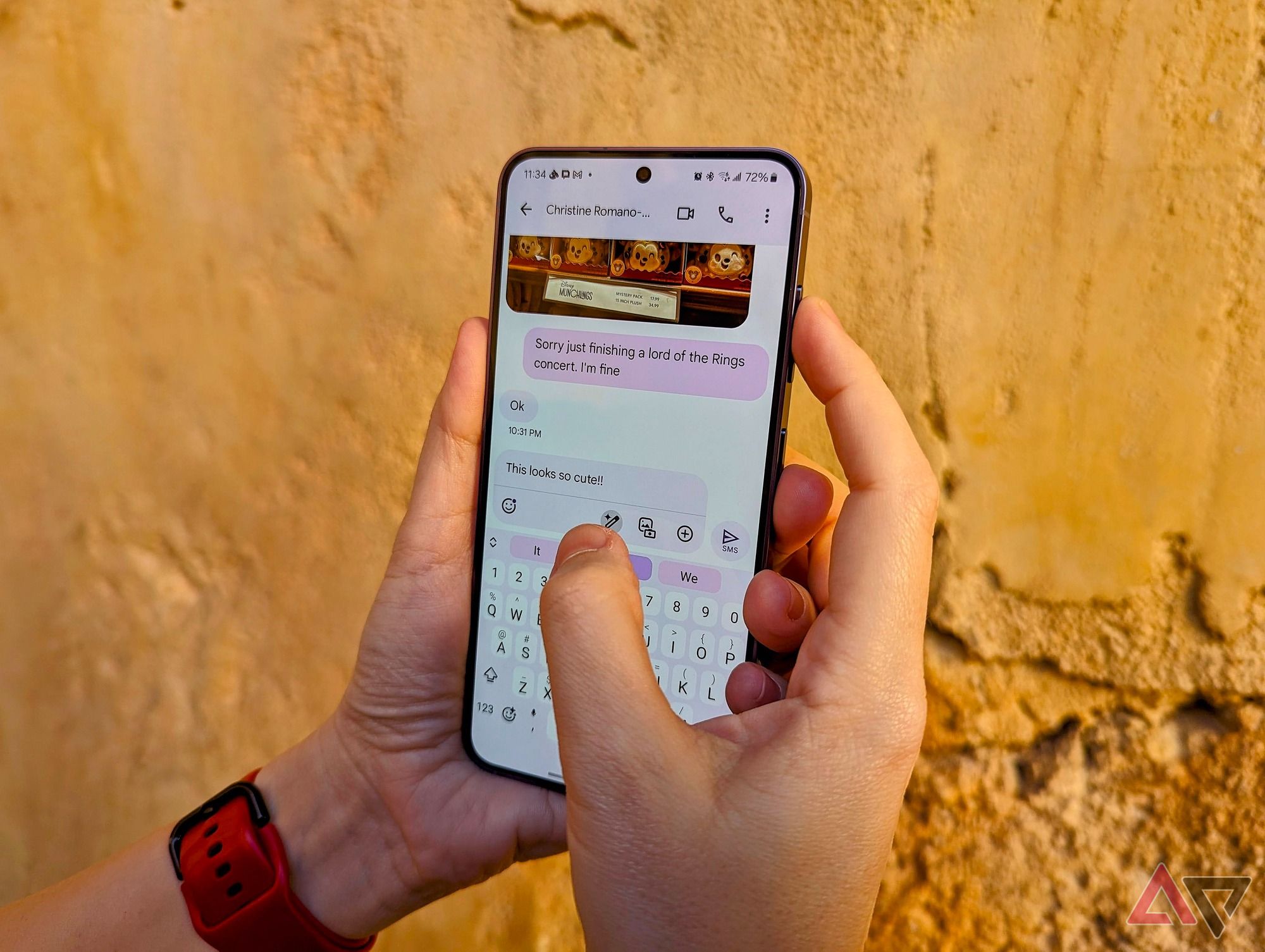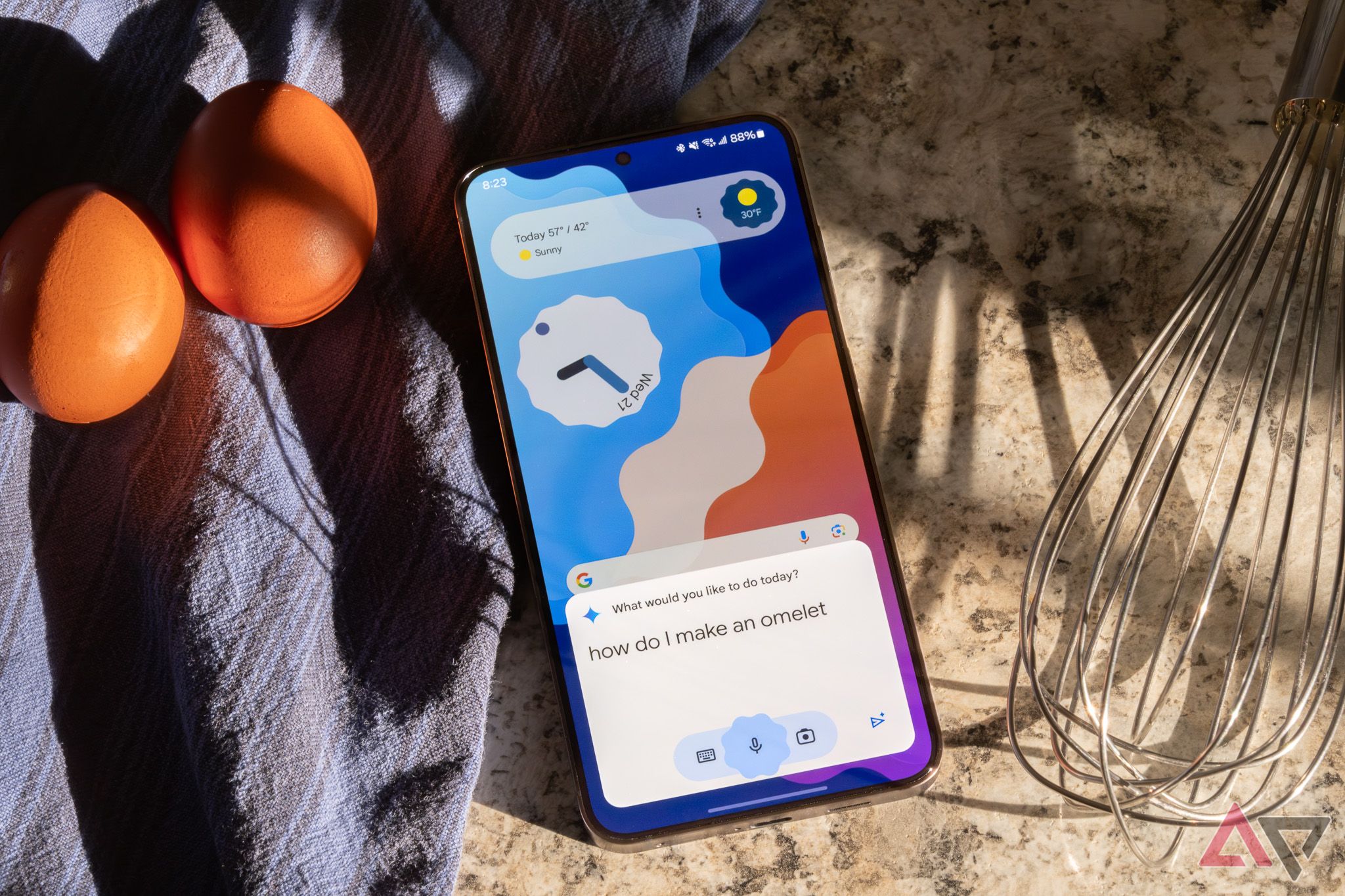Artificial intelligence occupies headlines and the minds of cat lovers who want to see generative images of their beloved furballs. With the advancements in technology and the growing demand for more personalized AI services, smartphone manufacturers (like Samsung) are now leveraging the power of artificial intelligence to offer subscription-based models. As companies focus on growing their profits through subscriptions, consumers may be left with limited options or even forced to pay for once-free services.
How can anyone afford this?
Smartphones have now been in the four-figure price range for almost a decade. Add in the cost of subscriptions, and it’s no surprise that many consumers may shy away from these “smart” options. When there’s a certain measure of considered outrage being generated, that seems a little excessive for electronics titans who are already raking in the cash. However, as technology advances and AI becomes more integrated into everyday devices, the cost of these services may (unfortunately) become the norm.
What are these subscriptions all about?
First, a little dose of the truth. Flagship smartphones can easily cost over $1,000, with even mid-range models pushing $500. In fairness, these high prices are driven by factors like hardware developments, including bigger, sharper screens and the periodic addition of software updates. But now there’s the minimum amount of RAM to factor in, usually around 8GB, plus next-generation neural processors, which are necessary for running large language models.
With aggressive marketing campaigns and the constant release of new models, sometimes with the slightest of hardware upgrades, the costs keep on coming. It will become increasingly difficult to justify spending thousands of dollars on the latest smartphone when you also have monthly fees to deal with.
Enter Galaxy AI
Galaxy AI is one of the potential culprits. An integral part of the flagship Samsung Galaxy S24, the AI features have been noted as being free to use until the end of 2025.
“Galaxy AI features will be provided for free until the end of 2025 on supported Samsung Galaxy devices. Different terms may apply for AI features provided by third parties.”
Reading between the lines, this semi-innocuous note implies two things. One, Samsing plans to both support and improve Galaxy AI going forward, likely launching new features alongside the Galaxy S25 next year. This is the good news. Two, after 2024, when the user base has grown and become established, and some of you have grown comfortable with features like Live Translate, the trap will spring.
Seems like all manufacturers will follow Samsung
Just how this will happen isn’t clear just yet, but a premium charge to access these AI features seems likely. Google has already tested these waters with the release of Gemini and Google One. Gemini is just one part of Google One, and has both free and paid tiers. With the free tier, users can access 60 requests per minute, performing a wide range of image and text tasks. With the paid tier, users can access more than 60 requests, but are charged at $0.000125 per 1k characters and $0.0025 per image. Is this the way it should be though? Basic features for free and extra features for a small cost?

What is AI tokenization?
Understanding AI lingo can take some time, but tokenization isn’t as complicated as it sounds
Weighing the cost of the affordability blues
A smartphone is a necessity these days. Let’s face it, owning the right device has also become something of a statement, a status symbol, if you like. Can the same be said for AI? Reading through some Samsung Galaxy S24 reviews, there are reports of positive experiences with Galaxy AI, but then there’s an equal number of reviews calling the feature gimmicky. The initial question can then be reversed and thrown back at smartphone manufacturers.
After that free period of machine learning test-driving is finished, will smartphone owners be willing to part with more cash when the features aren’t regarded as must-haves? Must-ditch might be likelier if the monthly/yearly premium is too high. Going back to the original point, affordability, a crystal ball isn’t needed to predict the future. Many owners will probably dump AI or find free alternatives. A free tier is also a possibility, one that owners on a budget will be more than happy to accept.
Just think about how your monthly bills pile up right now. There’s the monthly cost of the flagship phone paired with your cell provider’s plan, and alongside protective cases and screen shields, you might pay for an insurance plan for your smartphone. From there, think about the a[[s you pay for each month, like Spotify. Netflix, or Amazon Prime. There’s just nothing left in the bank after all of these services are paid — and we aren’t even talking about bills essential for everyday survival. You aren’t paying for food and rent here, but over-the-top services that nevertheless feel essential in our current society.
Will smartphone features become an ultra-luxury?
With most AI tools free to use right now, it’s smooth sailing through 2024. Moving into 2025, Samsung will have server charges to offset as its LLMs experience higher loads. And it’s not just Samsung. Google is weighing charging for its SGE search results, even before they actually become useful to most people. Subscriptions are inevitable at some point, although the question of how much eludes users for the moment.
One thing remains certain, though. Through all of this uncertainty, smartphone owners have very little left to spend on AI features after paying for a flagship Android device and multiple premium apps, their carrier, and their cost-of-living payments. If free AI is available over a subscription service, users will be forced to make serious choices, even if they’ve grown to love their machine-learned BFFs.

Two weeks in, I’m still conflicted about Gemini as a digital assistant
Google’s AI chatbot is an incredible app, but it’s hard to get fully on board
Source link






